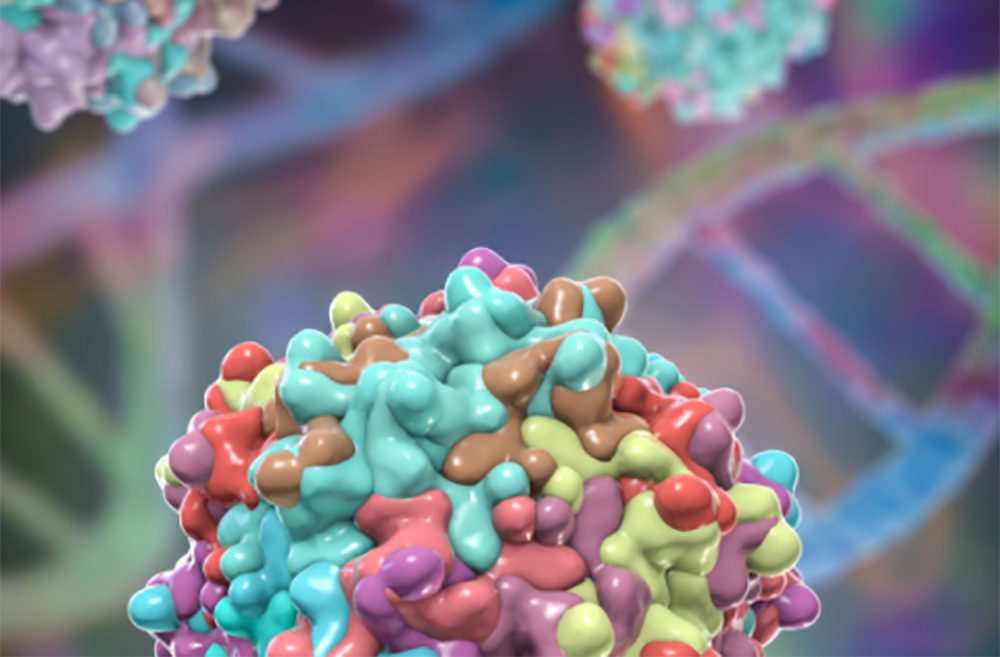More than 10,000 known rare diseases affect over 30 million people in the United States. However, treatment options have been restricted due to small patient populations and limited commercial viability. Given that more than 80% of rare diseases have genetic underpinnings, one consortium aims to address this bottleneck by streamlining the approval pathway for first-in-human gene therapy clinical trials.
On the first day of the American Society of Gene & Cell Therapy (ASGCT) 26th Annual Meeting, being held this week in Los Angeles, the Foundation for the National Institutes of Health (FNIH) announced the selection of eight rare diseases for the Accelerating Medicines Partnership Bespoke Gene Therapy Consortium’s (AMP BGTC) clinical trial portfolio:
- Charcot-Marie-Tooth disease type 4J
- Congenital Hereditary Endothelial Dystrophy
- Morquio A Syndrome
- Multiple Sulfatase Deficiency
- NPHP5 Retinal Degeneration
- Propionic Acidemia (PCCB)
- Retinitis pigmentosa 45
- Spastic paraplegia 50
The AMP BGTC is a public-private partnership between the National Institutes of Health (NIH), the FDA, biopharmaceutical and life science companies, and nonprofit organizations. The goal of the consortium is to streamline the regulatory approval process by establishing minimum standards for manufacturing, product analytical testing, and preclinical testing. AMP BGTC states that this information will be provided to the public with standard templates and an instructional “development playbook” at no cost.
According to the AMP BGTC, diseases were evaluated based on adequacy of the gene for insertion into an adeno-associated virus (AAV) vector, sufficient proof of concept and natural history data, the existence of an established disease model, a lack of available treatment, and an overall readiness for entering into a clinical trial.
The disease selection process began shortly after the consortium launched in 2021, with a call for nominations. A total of 62 submissions were received and a list of 14 candidate diseases were announced in July 2022 with a request for proposals for clinical trial protocols. Eight rare diseases were selected to maximize usage of the available resources from the AMP BGTC public-private partnership.
“Given our focus on the process of getting an IND, we wanted to have a very accessible way for diseases to be considered for [these clinical trials],” said Courtney Silverthorn, PhD, associate vice president, science partnerships, at the FNIH.
“We were looking for diversity in the portfolio in terms of patient populations, routes of administration, different AAV vectors, and so forth, to ensure that this work was as broadly applicable as possible to future indications. The selection of these eight candidates accomplished all those goals,” Silverthorn continued.
The AMP BGTC has more than $97 million in financial and in-kind commitments from its partnership with 33 member organizations, spanning 11 NIH institutes and centers, 12 life science companies, and 10 nonprofit organizations.
“[This consortium] brings together the resources of the NIH and the private sector to solve challenges that neither of them could accomplish on their own,” stated Silverthorn.
Over the next year, the AMP BGTC will be creating cross-functional teams, including representatives from manufacturing expertise, preclinical regulatory work, and patient advocacy groups for each of the diseases. Silverthorn stated that INDs for the diseases are expected to be filed in the first half of 2024, with patients enrolling in the trials later that year.







